Mapleleaf Viburnum
- October 17, 2023
- 1 comment
Mapleleaf Viburnum, scientifically known as Viburnum acerifolium, is a charming and versatile deciduous shrub native to the eastern regions of North America. This lovely plant is celebrated for its distinctive maple-like leaves, which are deeply lobed and lend a touch of elegance to any garden. During the spring and early summer, Mapleleaf Viburnum graces the landscape with clusters of petite, creamy-white flowers, attracting pollinators and adding a delightful touch of beauty.

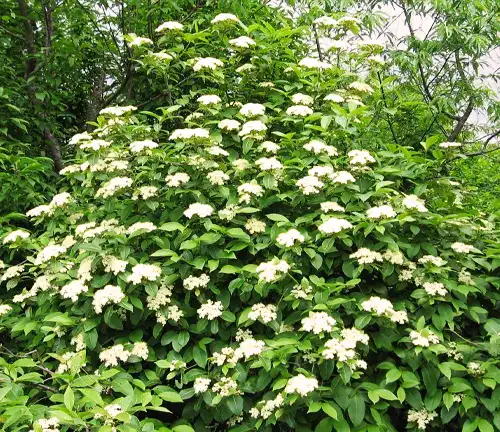
As the seasons progress, the flowers give way to attractive bluish-black berries that serve as a valuable food source for wildlife. This hardy shrub is well-suited to a range of growing conditions, including shade or partial sun, and its adaptable nature makes it a popular choice for both landscapers and native plant enthusiasts.
With its aesthetic appeal and ecological importance, the Mapleleaf Viburnum is a wonderful addition to any garden, contributing to the overall biodiversity and aesthetic charm of the natural environment.
| Characteristics | Description |
| Scientific Name | Viburnum acerifolium |
| Common Names | Mapleleaf Viburnum, Dockmackie |
| Family | Adoxaceae |
| Type | Deciduous shrub |
| Height | 3 to 6 feet (0.9 to 1.8 meters) |
| Leaves | Three-lobed, maple-like, dark green, turning burgundy in fall |
| Flowers | Small, creamy-white, in flat-topped clusters |
| Bloom Time | Late spring to early summer |
| Fruit | Blue-black drupes in late summer |
| Native Range | Eastern North America |
| Lifespan | Typically 10 to 20 years |
| Growth Rate | Slow to moderate |
| Light Requirements | Partial shade to full sun |
| Soil Requirements | Well-draining, acidic to neutral |
| Wildlife Value | Provides food for birds and small mammals |
| Landscaping Use | Woodland gardens, naturalized areas, hedges |
| USDA Hardiness Zones | 3 to 8 |
Botanical Beauty of “Mapleleaf Viburnum”
In the enchanting world of native North American plants, one shrub stands out for its botanical splendor – the Mapleleaf Viburnum (Viburnum acerifolium). This diminutive deciduous shrub graces our landscapes with its distinctive foliage and delicate blooms. Let’s delve into the captivating botanical beauty of the Mapleleaf Viburnum.
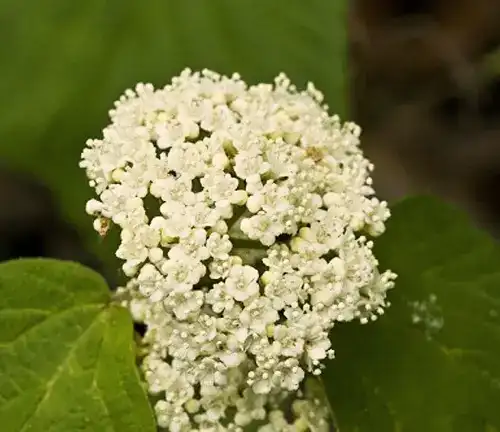
Woodland Elegance
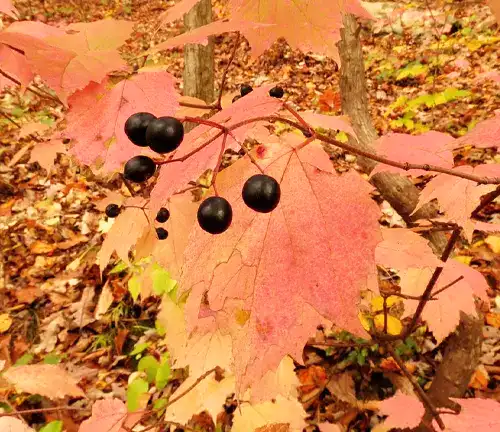
Mapleleaf Viburnum, with its elegant, deeply lobed leaves reminiscent of maple trees, is a true woodland gem. The leaves, dark green in color, provide a striking contrast to the forest floor, and in the fall, they transform into a breathtaking tapestry of reddish-purple hues. Its natural elegance makes it a favorite in woodland gardens and shaded areas, where it thrives under the canopy of larger trees.
Ecological Importance
Beyond its aesthetic charm, the Mapleleaf Viburnum serves as a cornerstone of ecological importance. During the spring and early summer, this shrub comes alive with clusters of dainty, creamy-white flowers. These blooms are not just a visual delight; they also attract pollinators, including bees and butterflies, supporting local ecosystems. As summer turns to fall, the flowers give way to bluish-black berries, a vital food source for birds and small mammals.
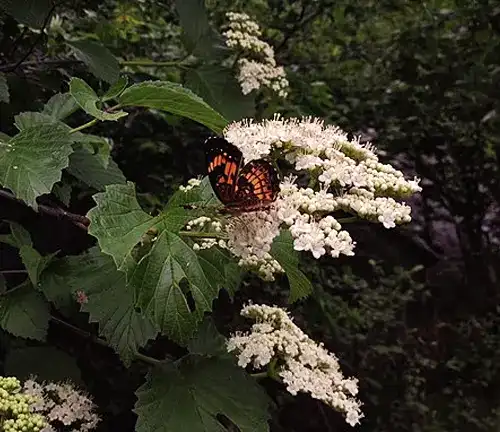
Cultivation and Conservation
One of the Mapleleaf Viburnum’s remarkable qualities is its adaptability. This shrub can thrive in a range of growing conditions, from partial shade to full shade, making it a valuable addition to various landscapes. While it is not currently considered endangered, recognizing its ecological significance has led to its conservation in certain regions to ensure its continued presence in the wild.
Fragrance
In addition to its visual appeal, the Mapleleaf Viburnum surprises the senses with a subtle fragrance. Although not as overpowering as some other flowering shrubs, its delicate scent adds a touch of magic to the garden, especially when it mingles with the cool, dappled shade of the woodland landscape.
Soil Stabilization
Aside from its beauty and fragrance, the Mapleleaf Viburnum plays a practical role in our ecosystems. Its extensive root system helps stabilize the soil, preventing erosion in woodland areas. This is particularly valuable in regions prone to heavy rainfall, where soil conservation is crucial.
Common Uses
Landscape designers and native plant enthusiasts often choose the Mapleleaf Viburnum for its versatility. It thrives in borders, woodland gardens, and naturalized areas, where its foliage and blooms bring a touch of charm and biodiversity to the environment. Its adaptability to different light conditions makes it a go-to choice for shaded areas that can be challenging to landscape effectively.
Benefits
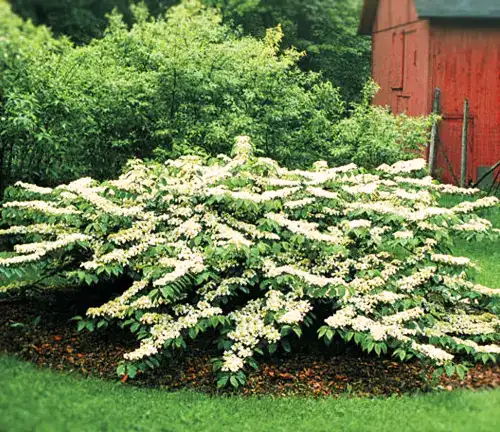
The Mapleleaf Viburnum is more than just a pretty face in the garden. It is a symbol of ecological balance, providing nectar to pollinators, food to wildlife, and stability to the soil. Its aesthetic appeal, adaptability, and low maintenance requirements make it an excellent addition to both natural and cultivated landscapes. Choosing this native shrub is not only a celebration of its botanical beauty but also a commitment to conserving and supporting the ecosystems it enriches. In a world where nature’s balance is increasingly fragile, the Mapleleaf Viburnum is a reminder of the beauty and resilience of our native flora.
Different Species
American Cranberrybush
(Viburnum trilobum)
This species is known for its distinctive three-lobed leaves, similar in appearance to the Mapleleaf Viburnum. It produces clusters of white flowers, which develop into bright red berries that resemble cranberries.
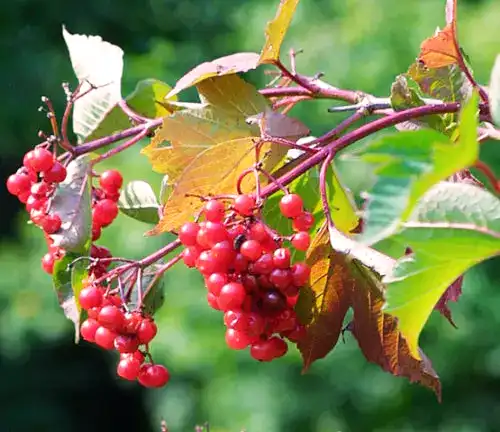
Arrowwood Viburnum
(Viburnum dentatum)
Arrowwood Viburnum is a deciduous shrub that typically reaches a height of 6 to 10 feet. It produces flat-topped clusters of white flowers and blue-black berries, making it a valuable wildlife plant.

Nannyberry
(Viburnum lentago)
Nannyberry is a tall shrub or small tree that features elongated, serrated leaves and clusters of white flowers. Its dark blue-black berries are consumed by birds and other wildlife.
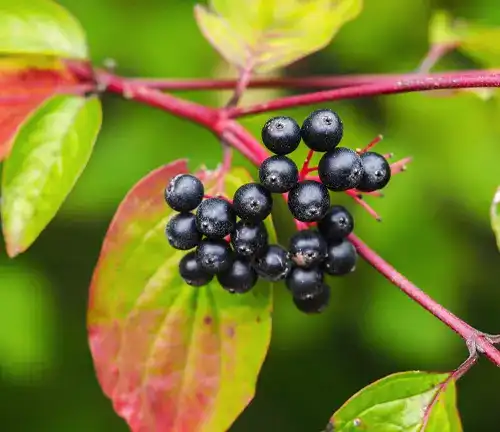
Wayfaring Tree
(Viburnum lantana)
Wayfaring Tree is a European species, known for its fuzzy, grey-green leaves and clusters of creamy white flowers. It produces red to black berries and is grown for ornamental purposes.
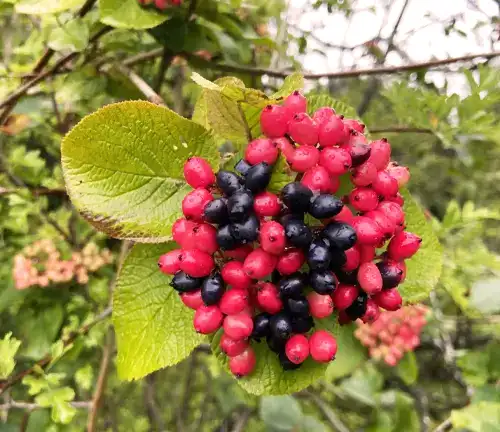
Korean Spice Viburnum
(Viburnum carlesii)
This species is treasured for its fragrant pink to red flower clusters, which emit a delightful scent in the spring. It’s a smaller shrub often chosen for its aromatic blooms.
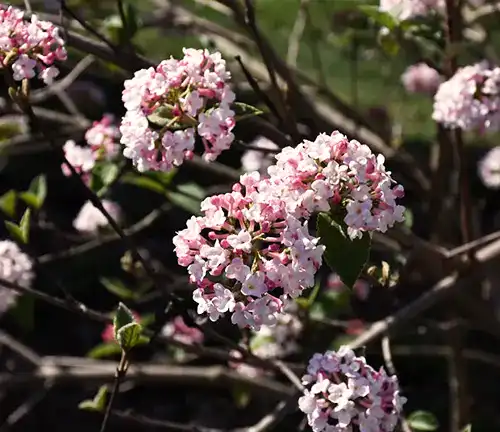
Doublefile Viburnum
(Viburnum plicatum)
This Viburnum species is prized for its horizontally tiered branches, which are adorned with lacecap-like clusters of white flowers. It is a popular ornamental shrub.
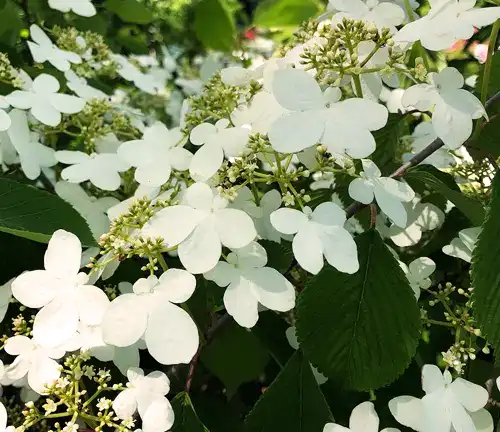
Blackhaw
(Viburnum prunifolium)
Blackhaw is a deciduous shrub or small tree with glossy, dark green leaves. It produces white flower clusters and blue-black fruit. It’s known for its attractive fall foliage.
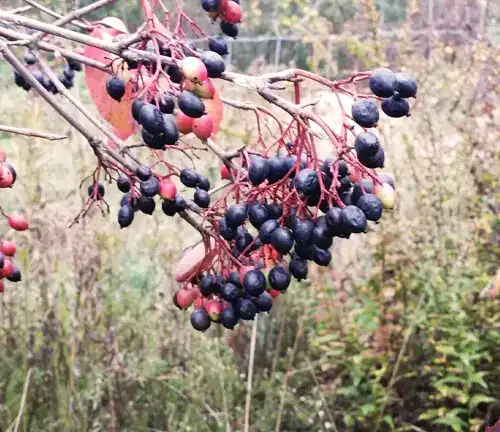
Frequently Asked Questions (FAQs)
- What is Mapleleaf Viburnum (Viburnum acerifolium)?
Mapleleaf Viburnum is a deciduous shrub native to eastern North America known for its lobed, maple-like leaves and clusters of white flowers. - How tall does Mapleleaf Viburnum typically grow?
Mapleleaf Viburnum usually reaches a height of 3 to 6 feet (0.9 to 1.8 meters). - When does Mapleleaf Viburnum bloom?
It typically blooms in late spring to early summer, producing small, creamy-white flower clusters. - Are the berries of Mapleleaf Viburnum edible?
Yes, the shrub produces bluish-black berries that are edible, although they are usually considered bland in taste and are more valued as wildlife food. - What is the preferred growing environment for Mapleleaf Viburnum?
Mapleleaf Viburnum thrives in partial to full shade and is well-suited for woodland gardens and shaded areas. - What is the USDA hardiness zone for Mapleleaf Viburnum?
It is typically hardy in USDA Zones 4 to 8. - Is Mapleleaf Viburnum a good choice for attracting wildlife?
Yes, the shrub is an excellent choice for wildlife enthusiasts as it provides nectar for pollinators and berries for birds and small mammals. - How do I care for and maintain Mapleleaf Viburnum in my garden?
Mapleleaf Viburnum is relatively low maintenance. It requires well-draining, moist soil and minimal pruning. Regular watering and mulching can be beneficial, especially in the early stages of growth. - Can Mapleleaf Viburnum be used for erosion control?
Yes, its extensive root system helps stabilize soil, making it a suitable choice for preventing erosion, particularly in woodland areas. - What are some common landscaping uses for Mapleleaf Viburnum?
Mapleleaf Viburnum can be used in borders, woodland gardens, naturalized areas, and as an understory plant beneath larger trees. - Does Mapleleaf Viburnum have any notable benefits beyond its aesthetics?
Yes, it contributes to biodiversity, supports pollinators and wildlife, and adds to the overall ecological health of the environment.


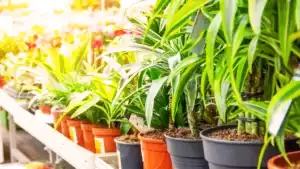

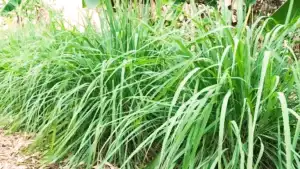
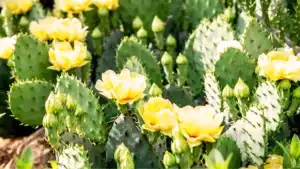
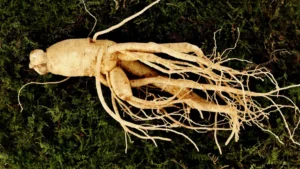


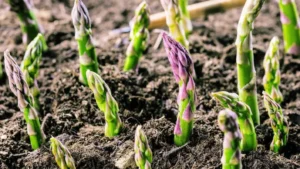
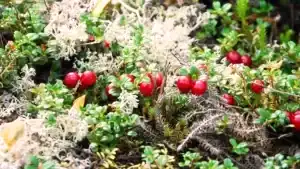
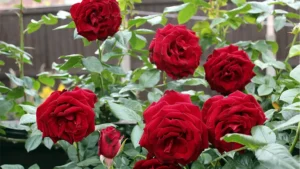
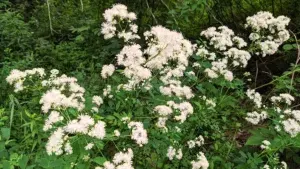
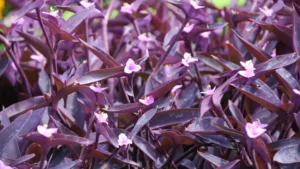
Great information!
Damien
February 16, 2024 2:54 pm